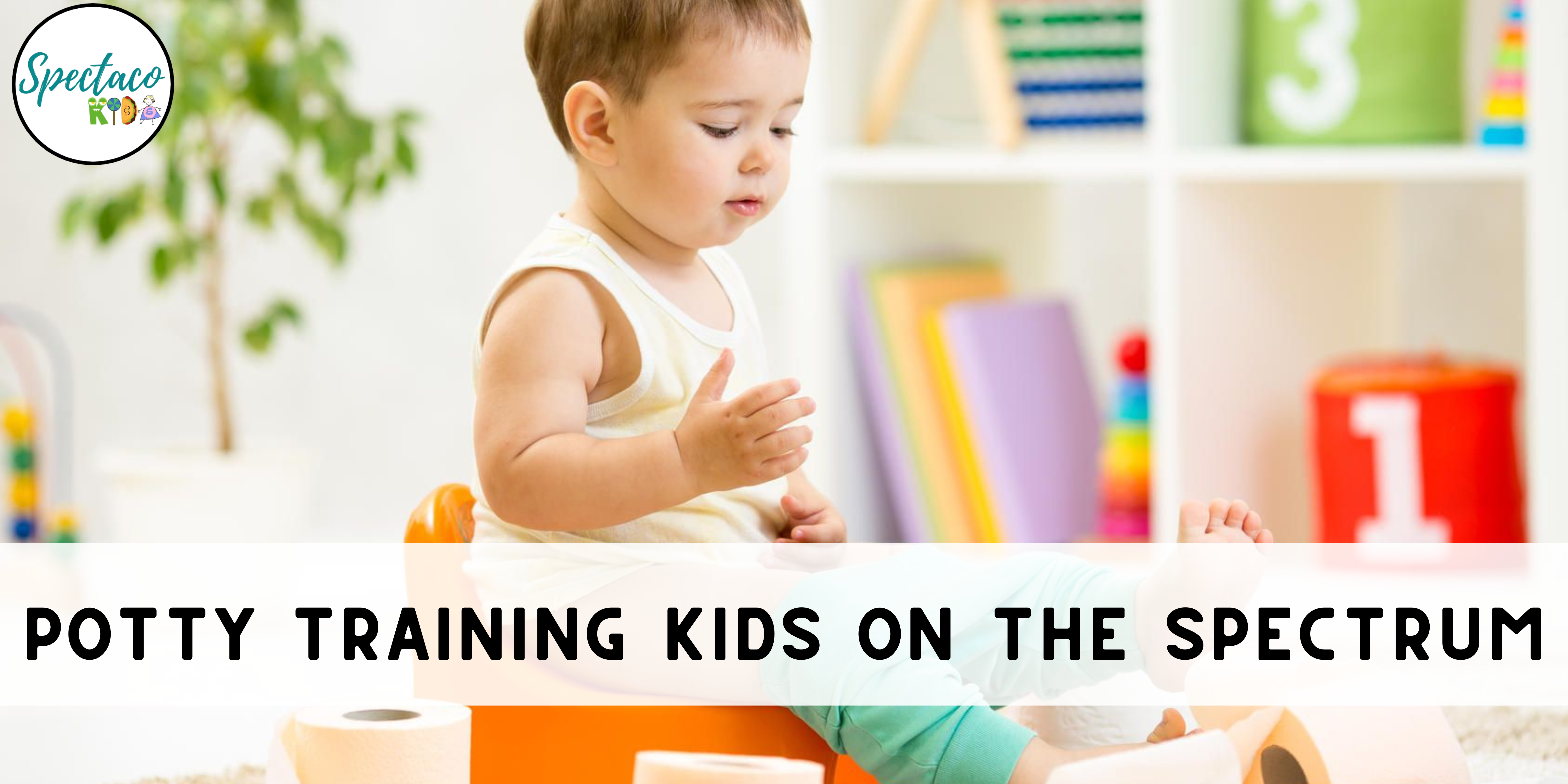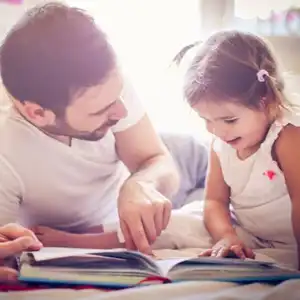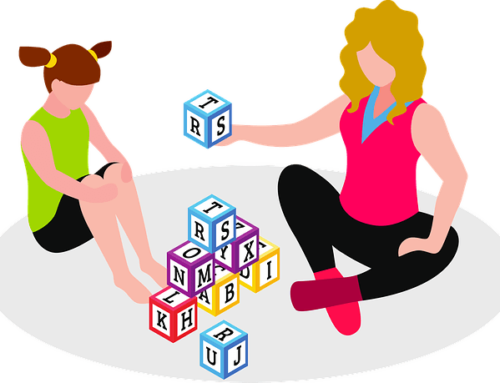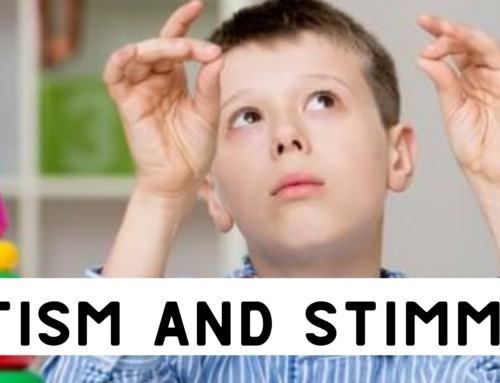Potty training is perhaps the most troublesome part of the toilet training journey, particularly if your child is giving you a hard time. For parents with autistic children, this task may prove even more difficult as they will need a lot more patience and tactics to help their child learn this new skill. However, this article covers many tips and tricks you can use to make this task easy for you and your child both!
When To Begin Potty Training?
Starting potty training before your child is ready may not be the best thing to do. Hence, it is best if you watch out for some clues that indicate your child is ready! These clues are evident when:
-
Your child shows interest:
Typically, children begin showing an interest in using the toilet like the adults in their house between 18 months and 3 years. Their interest may become obvious when they start mentioning getting into the “big kids’ underwear” seeing other kids do the same, or even when they start getting curious as to what you do when you go to the bathroom.
-
Your child Is keeping their diaper dry for longer hours:
If your child is not wetting their diaper for more than an hour or so consistently, it may just be time. Additionally, if they are keeping their diaper dry when they wake up or during naps, you can be certain they are ready to move on!
-
Your child is beginning to show their independence:
At some point in time, children eventually begin displaying a desire to do their basic chores themselves. So, if you begin hearing “I can do it myself” more often, then perhaps your child is hinting they are ready to potty train.
-
Your child can sit still:
To be able to sit on the toilet for potty, your child will need to have the patience and ability to sit up for several minutes, without being distracted.
-
Your child can communicate and understand directions:
It is essential that your child can convey to you that they want to use the toilet, whether through words or signals. Additionally, they must also be good at following directions, so they can follow the potty-training steps effectively and fully understand what is being said.
-
Your child can undress on their own:
If your child can pull down their pants etc. without help, this will make your and their job easier as they won’t need help every time, they want to use the restroom and can zip up afterwards easily.
-
Your child can walk and run well:
If your child is still struggling to walk or cannot maintain their balance whilst walking or running, it is certain they will have to wait a little longer before they can use the toilet because otherwise, accidents will be frequent and very troublesome for parents.
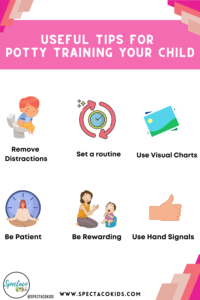
What Are Some Useful Tips For Potty Training My Child?
Some helpful tips to make this new experience a bit easier for you and your child are listed below:
- Be patient
- Use a visual chart
- Set a routine
- Remove distractions
- Decide upon a mutual signal
- Be rewarding
Be patient:
Toilet training kids on the spectrum may prove more difficult as these children require more attention and time to grasp the concepts others might understand more quickly. However, they all eventually learn, given that parents or teachers are patient with them and always stay positive!
Use a visual chart:
Sometimes pictorial charts can come quite handy when trying to explain the sequence of potty-training steps as it can help them remember through well-formed images and can make the whole experience seem a lot more exciting!
Set a routine:
Try to take your child for potty at regular intervals as this will prompt them to go every now and then and avoid having accidents. Plus, this will give you an idea of how frequently your child needs to go.
Remove distractions:
If your child has sensory issues, then it is best to ensure that you try to minimize sounds, sights or smells that may distract your child. An example is the sound of the flush which may be scary for many children so plan accordingly on what system you install.
Decide upon a mutual hand signal:
If your child is nonverbal, then keeping a signal that you both understand is a good idea. This could be a hand gesture or even something like ringing a bell to indicate they have to use the toilet. Not only does this help communication between you and your child, but also prevent accidents from occurring.

Be rewarding:
To encourage your child to potty train, you can make a reward chart or even give them something they like after they do potty on their own, in the right way. You could give them a piece of chocolate or let them choose their favorite toy to play with and so on. This way, you can train them to follow the right steps and make them feel better about themselves at the same time!
Overall, the potty-training experience may look difficult at first, but by adopting these methods and others that suit your child specifically, one can successfully train their children.
For more information, follow us on Instagram or visit our website!
